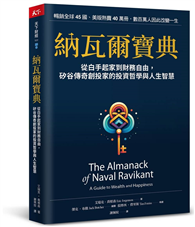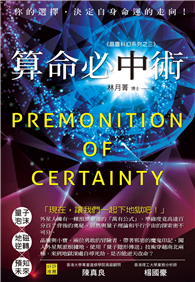Combining traditional documentary research with new analytical strategies, Robert J. Ferry creates a rich, three-dimensional picture of early Caracas. His reconstitution and interpretation of important genealogical histories provide a model for historical studies of Latin American and other societies.
Ferry’s work partially eclipses previously accepted ideas about colonial Caracas. He shows how the society was dominated by a commercial-agricultural elite and demonstrates that women were responsible for arranging marriages and maintaining family lineages, that marriages among first cousins were very common, and that elite residence was matrifocal. The Colonial Elite of Early Caracas focuses on the salient features of the society and economy: agriculture, commerce, and labor. The first section treats the seventeenth-century transition from Indian encomienda labor to African slave labor. The society created by slavery and the cacao trade in the eighteenth century is the main subject of the second section of the book. Throughout, Ferry leads the reader to a deeper understanding of the elite planters of Caracas, who were wheat farmers in the seventeenth century and cacao hacienda owners in the eighteenth. Ferry also explores how some families suceeded in retaining wealth and local authority from one generation to the next. That success is momentarily halted in the 1730s and 1740s, and the revolt of Juan Francisco de León in 1749 is viewed as a crisis of both the colony’s elite and the smallholder, immigrant class to which León himself belonged. The response to León’s rebellion represents a major effort on the part of the Spanish crown to restructure royal authority in the colony, arguably the first of the Bourbon reforms in the American colonies. This title is part of UC Press’s Voices Revived program, which commemorates University of California Press’s mission to seek out and cultivate the brightest minds and give them voice, reach, and impact. Drawing on a backlist dating to 1893, Voices Revived makes high-quality, peer-reviewed scholarship accessible once again using print-on-demand technology. This title was originally published in 1989.| FindBook |
有 1 項符合
The Colonial Elite of Early Caracas: Formation and Crisis, 1567-1767的圖書 |
 |
The Colonial Elite of Early Caracas: Formation and Crisis, 1567-1767 作者:Ferry 出版社:University of California Press 出版日期:2024-06-04 語言:英文 規格:精裝 / 352頁 / 22.86 x 15.24 x 2.39 cm / 普通級/ 初版 |
| 圖書館借閱 |
| 國家圖書館 | 全國圖書書目資訊網 | 國立公共資訊圖書館 | 電子書服務平台 | MetaCat 跨館整合查詢 |
| 臺北市立圖書館 | 新北市立圖書館 | 基隆市公共圖書館 | 桃園市立圖書館 | 新竹縣公共圖書館 |
| 苗栗縣立圖書館 | 臺中市立圖書館 | 彰化縣公共圖書館 | 南投縣文化局 | 雲林縣公共圖書館 |
| 嘉義縣圖書館 | 臺南市立圖書館 | 高雄市立圖書館 | 屏東縣公共圖書館 | 宜蘭縣公共圖書館 |
| 花蓮縣文化局 | 臺東縣文化處 |
|
|
圖書介紹 - 資料來源:博客來 評分:
圖書名稱:The Colonial Elite of Early Caracas: Formation and Crisis, 1567-1767
|











